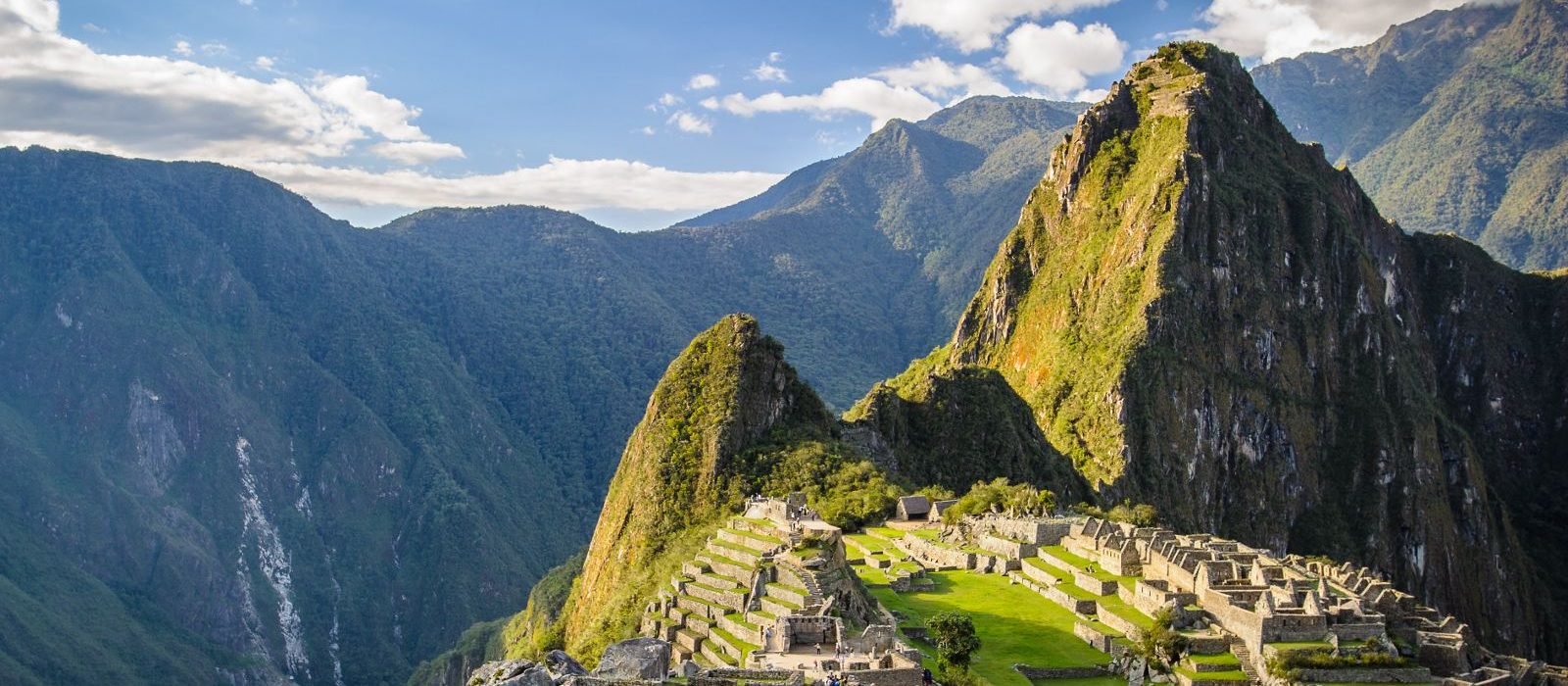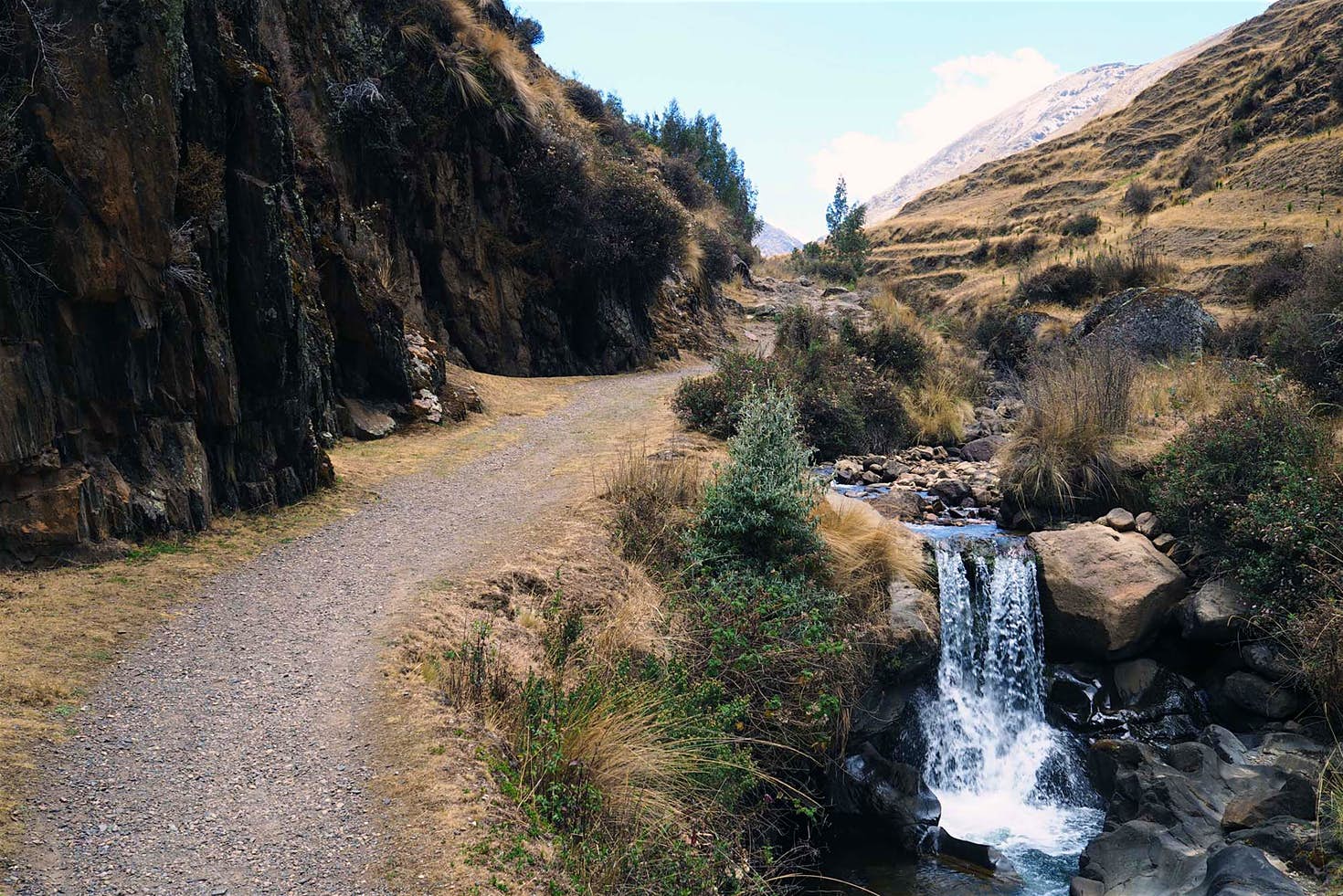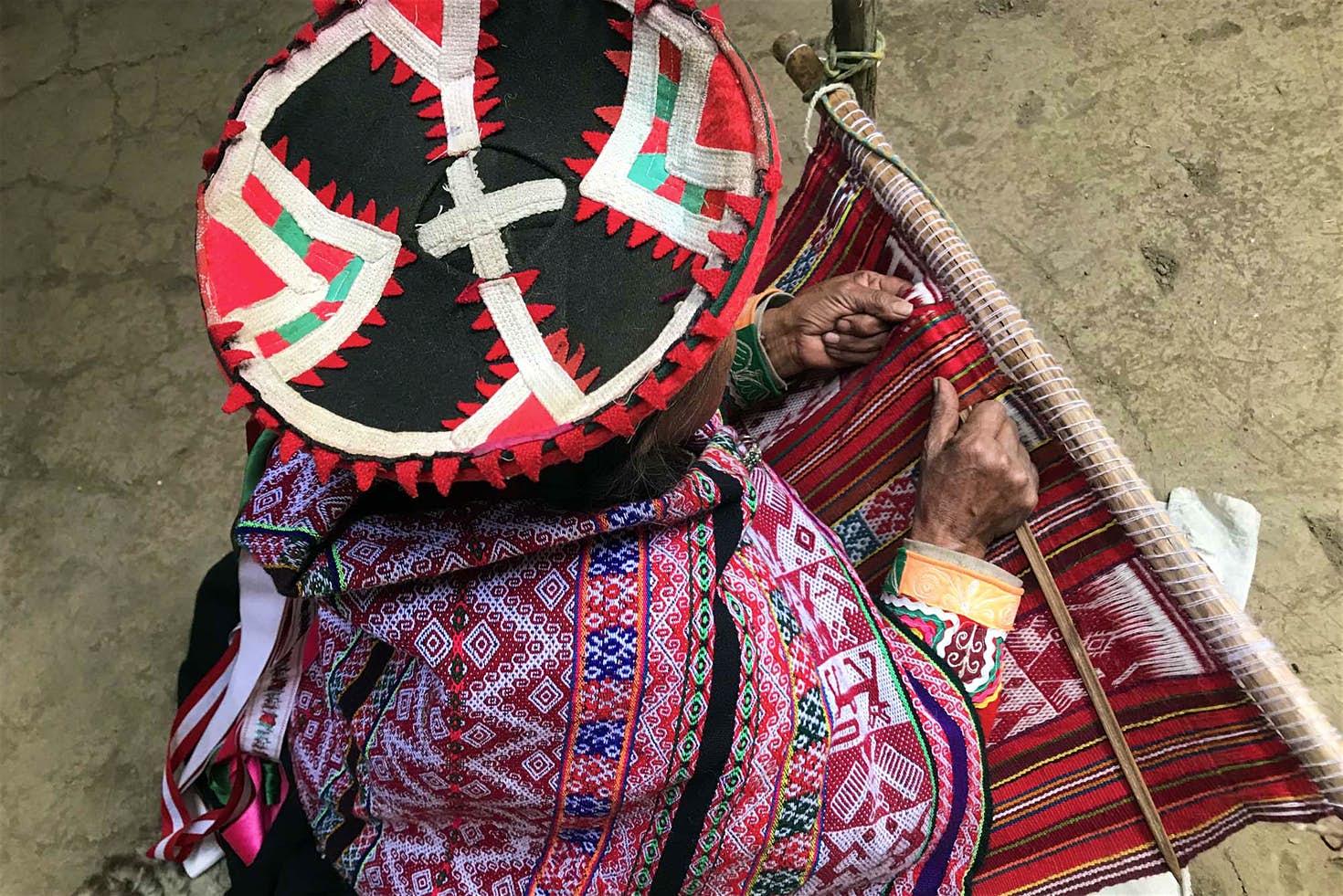Machu Picchu: how to see the most famous ruins of Peru in a responsible way.

It is one of the most spectacular archaeological sites in the world, however, Machu Picchu has become a victim of its own popularity, with the 2,017 introduction of a ticketing system scheduled only one of several recent initiatives of the Peruvian government – under the pressure of Unesco – has been put in place to protect that. However, there are many other ways in which visitors can help preserve the iconic ruin of the future.
Consider an alternative to the Inca Trail

Like Machu Picchu, Peru’s famous Inca Trail has seen an increase in the number of tourists over the years, with permits for the classic four-day trek now limited to only 500 per day (including guides and porters) to limit the damage to the path and the fragile ecosystems it traverses. If it is flexible, consider one of the most sustainable and least visited alternatives of the Inca Trail, most of which include sections on authentic Inca trails. Two excellent options include the Salkantay route, a five- to eight-day hike through the mountains surrounding Machu Picchu, and the Lares route, a less demanding but more culturally immersive multi-day expedition through the highlands of Valley of Lares. hidden behind the Sacred Valley.
Choose guides, tours and accommodations wisely
These days, all visitors to Machu Picchu must enter the site with an authorized and professionally qualified guide. The Inca Trail and other trekking operators, however, are not always so qualified. Take your time to investigate operators, making sure you get one with a history of responsible tourism practices that includes environmental protection, cultural commitment and payment to staff, especially porters, fairly. Carrier rights are now protected in Peru, but many operators double the rules by overloading porters (beyond the maximum allowed load of 20 kg) or paying them less: the standard daily wage is 45 soles, but operators Responsible tend to pay at least double.
When it comes to choosing accommodation, opt for hotels and guest houses that value both the environment and the local community. If you’re not sure, check out this article on choosing an eco-friendly hotel and ask questions. Sleeping in family homes is also a great way to inject money directly into the local economy.
Stay out of the ruins
Unlike the Colosseum in Rome or the Great Wall of China, Machu Picchu was not built to face the passage of thousands of people every day, with many archaeologists and historians who estimate that the site housed only 1,000 people at its peak. While daily visitors to Machu Picchu now have a limit of 2500, many tourists, generally motivated by taking the perfect selfie, continue to touch the ruins and venture into cordoned off areas. This behavior can not only damage the ruins (even the simple transfer of oils contained in human skin can be corrosive), it can also pose a risk to safety. In 2016, a German tourist fell to death while posing for a photograph in an area out of bounds.
Support local artisans

Renowned for its textiles, silverware and other crafts, the Sacred Valley offers abundant opportunities to buy handicrafts. However, as you will notice in the tourist markets, the quality varies enormously. Look for non-profit organizations and social enterprises that support the production of authentic high-quality products and pay artisans fairly. For high-quality textiles in Cuzco (the base of the region), do not miss the Traditional Textile Center of Peru, the Inkakunaq Ruwaynin textile cooperative and the Ecological House. Buy directly from artisans whenever possible, but avoid products that you suspect might be antiques, as well as those made from unsustainable natural resources, such as hardwoods.
Do not take memories of archaeological sites
Peru has struggled to keep its antiquities within its borders since the Spaniards arrived almost 500 years ago. In 2011, Yale University returned thousands of artifacts excavated in Machu Picchu by explorer Hiram Bingham between 1912 and 1915, but thousands more continue to be expelled from the country by tourists and professional smugglers. If you encounter a potential antiquity in Machu Picchu or in any other archaeological site, inform the government. Putting in your pocket a small fragment of pottery that you find on earth may not seem like a big problem, until you consider the consequences of Peru’s four million annual visitors having the same idea.
Avoid plastic and pack your garbage
While toilet paper only takes a few months to decompose (more time in dry climates like the Andes), nobody wants to see it waving in the archaeological sites of Peru, much less plastic wrappers for food or bottles, which can take hundreds of years to degrade . Fulfilling the principles of ‘leaving no trace’ of responsible hiking is crucial to help preserve the natural beauty of Peru, so come prepared with a waste disposal kit, and limit your use of plastic whenever possible. When nature calls (for a number two), be sure to do your business 200 feet away from a water source and bury it in a hole at least six inches deep.
Respect local culture and customs
Taking the time to investigate your destiny and learn some words of the local language is an integral element of responsible travel. Since Quechua is the first language of many rural Andean people, including most porters of the Inca Trail, learning some common phrases in Quechua, such as wuynus diyas (good morning) and solpayki (thank you) will be an advantage for your language skills .
In terms of clothing, keep in mind that Peru is a relatively conservative country: neat casual attire is generally good, but the stomach and upper muscles exceed the limits of respectability, especially when visiting religious sites.
Be a respectful photographer
Machu Picchu and the Sacred Valley have magnificent photo opportunities, but that does not give you a license to get away from anything that catches your attention. It is respectful to ask permission before photographing local people, and if they request payment in exchange, one or two soles is just compensation for the service they provide. When a child is involved, permission should ideally be sought from a parent, any transaction made through that person.


































